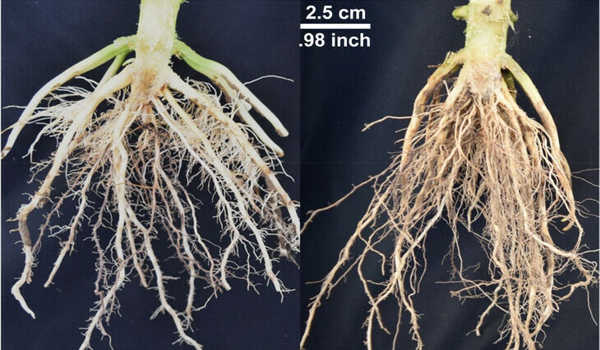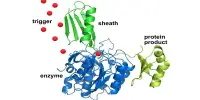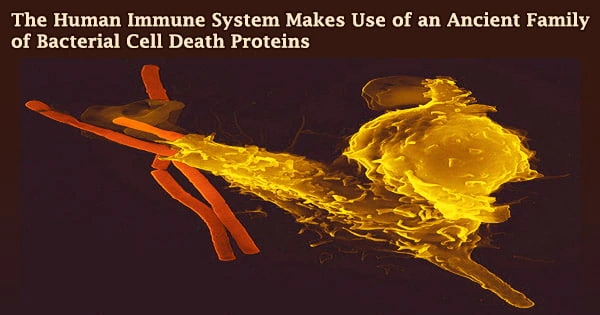According to an international team of researchers led by Penn State, the discovery of a gene that regulates the angle of root growth in corn is a new tool for breeding deeper-rooting crops with enhanced nitrogen uptake.
The gene, ZmCIPK15 (named after where it is found in the genome and how it functions), was discovered to be missing in a naturally occurring mutant corn line that grows roots at steeper angles, allowing them to go deeper into the soil. They discovered the gene using a technique known as a genome-wide association study, which entails a painstaking statistical analysis of a genome-wide set of genetic variants in different plant lines to determine which genes are linked to a trait.
According to Jonathan Lynch, distinguished professor of plant science in Penn State’s College of Agricultural Sciences, identifying a gene that controls the angle of root growth in corn — influencing the depth to which roots forage — is important because deeper roots have a greater ability to capture nitrogen. Corn with increased nitrogen uptake has implications for the world’s environment, economy, and food security, he said.
The discovery of a gene that regulates the angle of root growth in corn is a new tool to enable the breeding of deeper-rooting crops with enhanced ability to take up nitrogen, according to an international team of researchers.
“Corn is the most important crop in the world, and the biggest energy, economic, and environmental cost of growing corn in rich countries like the United States is nitrogen fertilizer,” Lynch explained. “And more than half of the nitrogen fertilizer applied to corn is never used; it’s simply wasted, washed deeper into the soil, polluting groundwater, and some of it enters the atmosphere as the greenhouse gas, nitrous oxide. It’s a massive problem.”
In contrast, soils in Africa, where people are more reliant on corn for food, are nitrogen deficient, and farmers can’t afford to buy fertilizer, if it’s even available, according to Lynch. Corn yields in Africa are a fraction of what they are in the United States. Deeper-rooting corn would allow poor countries to harvest more food with the limited nitrogen resources they have.
Penn State researchers screened nearly 500 lines of corn in South Africa over four years to find the gene that controls root angle. Field experiments were carried out at Penn State’s Russell E. Larson Agricultural Research Center, as well as greenhouse experiments on the University Park campus, to confirm the phenotype of the mutant and wild-type plants and to test the functional utility of changes in root angle for nitrogen capture.

The functional significance of the ZmCIPK15 gene was validated by excavating and measuring the roots of selected plants. It resulted in a 10-degree change in root angle, according to Hannah Schneider, a former postdoctoral scholar in the Lynch lab who is now a faculty member at Wageningen University in the Netherlands and led the research.
“We expected to see that the steeper growth angle of the roots of cipk15 mutants would result in better performance in drought, but in our experiments, it did not translate to improved plant water status,” she said. “However, that could be because we’re having trouble simulating drought conditions in Pennsylvania.”
The researchers reported in Plant, Cell, and Environment that a steeper root growth angle significantly improved nitrogen capture. After 70 days of growth in the field with suboptimal nitrogen availability, the cipk15 mutant with steeper growth angles had 18% more shoot biomass and 29% more shoot nitrogen accumulation than the wild type.
Lynch stated that the study’s findings are eye-opening, admitting that he was surprised by the results. It’s unusual for a plant to improve after being knocked out, he explained. Because plants are precision-engineered machines.
“You don’t expect it to work better if you take a gene out of that finely tuned machine,” he said. “But this shows that if you knock out the single gene, you’ll get deeper roots and better nitrogen capture.” “For America, this discovery could result in higher corn yields, reducing food insecurity; for Africa, this discovery could result in higher corn yields, reducing food insecurity; and this discovery may support the discovery of genes regulating steeper root angles for other cereal plants, particularly those closely related to corn, such as sorghum and pearl millet.”
















